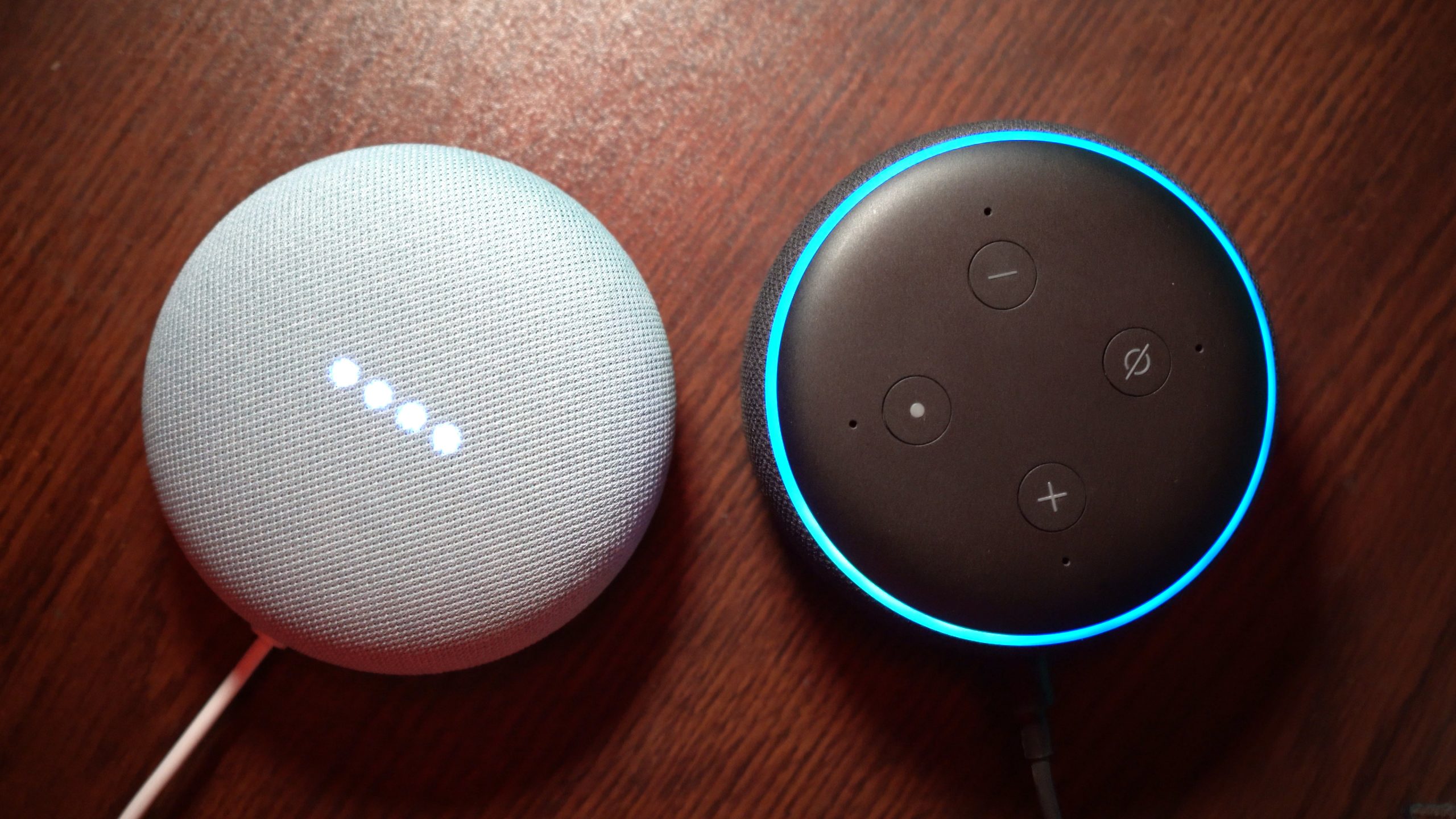Arguably still in its infancy, is it not inconceivable to suggest that the majority of the world’s people will soon have access to a Virtual Assistant. Whilst voice recognition dates as far back as 1952 with Bell Laboratories’ ‘Audrey’ system, for the majority it is only recently that the ability to partake in a multi-turn conversation with an inanimate object has become reality. Two of the biggest players are now household names. As a Voice Developer who works with both Amazon Alexa and the Google Assistant, there is much to admire about both platforms. However, I wanted to ascertain whether both are truly egalitarian.
I will attempt to explore the state of Virtual Assistant technology where Accessibility is concerned, in and around the home.
Home Sweet Home
Google Nest is, as the name might suggest, a line of smart products for the home. They are made all the more powerful by the ability of the Google Assistant to control functionality. The Google Nest Learning Thermostat, for instance, can be controlled using the Assistant. This could be beneficial in a number of situations. Wheelchair users may benefit as thermostats tend to be placed at a certain height, those with a condition that affects the nervous system that may find the act of turning a dial or pushing buttons a chore, or the blind or visually impaired where the ability to control temperature via voice makes a huge difference. Other examples of Nest Home products include the Nest Protect Smoke and Carbon Monoxide Alarm and Nest Cam security cameras.
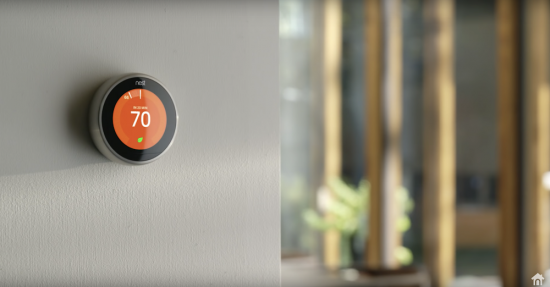
Amazon Alexa has a comparable range of products for the Home, which also benefit from Alexa compatibility. Alexa has its own version of a Smart Thermostat, the Alexa Smart Thermostat, which has not been released in the UK at the time of writing. The Alexa Smart Plug allows for electrical appliances to be turned on or off via voice, important for both safety and efficiency within the home. Furthermore, Alexa also has a range of native smart products for the kitchen, notable examples being the Amazon Smart Oven and AmazonBasics Microwave.
Both can be controlled by voice and are available with a braille overlay for the blind or visually impaired.
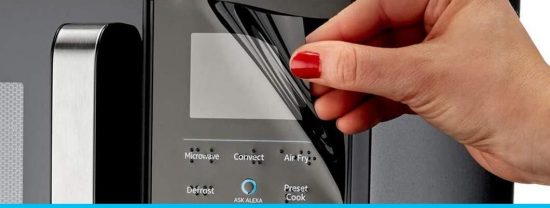
Smart Doorbell
A key area where both Amazon and Google Virtual Assistants have a presence is in the Smart Doorbell sector. Amazon-owned Ring is the market leader in the UK. After connecting your Ring and Alexa device, a command such as “Alexa, show me the front door” will bring up the corresponding live view. In addition to the security benefits, Smart doorbells are vital to many with physical or mental disabilities.
When accessibility benefits are considered, Ring can be compared to Google’s offering, the Google Nest Doorbell. Both have motion detection, smart unlock with third party door locks, and live view. However, the Google Nest Doorbell has a great feature that helps the one group of people who cannot make use of the live view feature, the blind and visually impaired. Familiar Face Detection allows for names to be assigned to faces, which the Google Nest Doorbell can then use to detect and inform the user, on any subsequent visits.
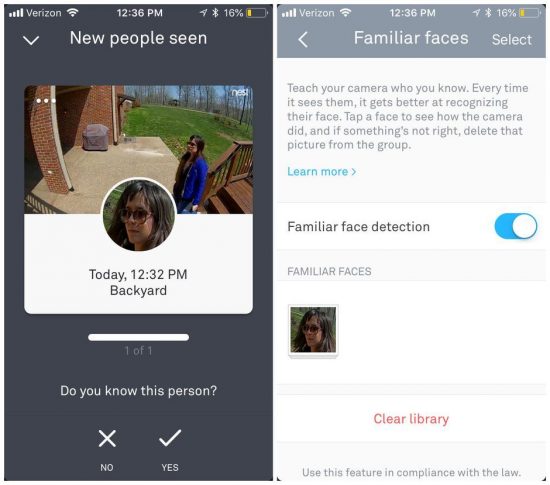
Third-party manufacturers
There are also a number of third-party manufacturers that utilise open-source Alexa and Google Assistant tools to create their own compatible products, so the products mentioned thus far do not constitute an exhaustive list of all Home Products that work with either Alexa or the Google Assistant. Both Amazon and Google should be commended for allowing free access to their respective platforms. Not only does this result in a greater range of compatible products, but it’s also reasonable to suggest that in certain areas there are companies better placed than the two tech giants to create a superior product. A good example is the Philips Hue. A smart light, produced by a major company with extensive expertise, compatible with both Alexa and the Google Assistant.
The Control System
Nonetheless, most Alexa and Google Assistant compatible products, be it native or third party, require a device with voice assistance built-in, such as a smart speaker, to be controlled by a Virtual Assistant. Although there are a growing number of devices, from Bluetooth headphones to electric toothbrushes, with this functionality built-in, the majority do not. Using a mobile phone is a convenient option, and both Amazon and Google have compatible applications across different operating systems, all of which are free to use. The Alexa app is available on both iOS and Android, its reach further extended by the release of a Windows version. The Google Assistant is built into Android, thus arguably having the widest reach of the two, further buoyed by the availability of an iOS app. This is crucial where Accessibility is concerned, as mobile applications can utilise the powerful native accessibility features of iOS and Android. There are also native screen devices such as the Amazon Echo Show and Google Nest Hub available to the public. Both are designed to be the ‘nucleus’ of the home, thus are essential to this discussion.
Both the Echo Show and Nest Hub have a number of similar features you would expect. The respective screen readers, Alexa’s VoiceView and Google’s TalkBack, are competent. Both devices ship with Screen Magnifiers for the visually impaired, and Colour Inversion for those with a sensitivity to brightness or who require higher contrast. For people with hearing loss, closed captions are available for video content, as well as Alexa Skills and Google Assistant Actions having the ability to output speech in the form of text onto any screen device.
However, there are several features unique to each platform. One of these is Alexa’s Show and Tell for the blind or visually impaired. Using the camera on the Echo Show, the user can present an item that Alexa will then attempt to identify, providing a name and a brief description. ‘What am I holding’ is perhaps an everyday comment or thought for a blind or visually impaired person that this brilliant tool tries to eliminate. Google’s Nest Hub benefits from a feature that uses ultrasound sensing to detect how close the user is to the screen. Another helpful aid for the visually impaired, the screen’s content adapts to the proximity of the user. If the user is further away, the screen will only show the most essential information enlarged, whereas if the user is closer the screen will include a greater density of information and touch controls. An excellent feature that ensures users can still view relevant information on their Nest Hub screens regardless of where they are in the room.
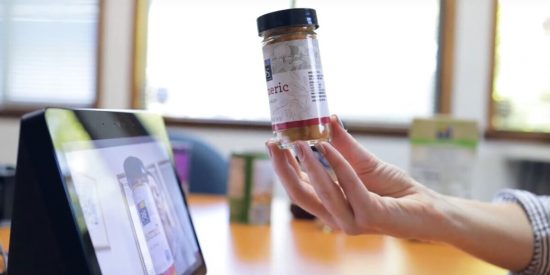
Initially, I started writing this blog with the goal of pitting Alexa and the Google Assistant against each other to determine who had the superior range of native products as far as Accessibility was concerned. It became apparent quite quickly that this wasn’t the most productive approach. A comprehensive comparison of native products is futile because both platforms are open source and free to access, therefore open to anyone to develop their own Alexa or Google Assistant compatible product, something many companies have done. Additionally, both Alexa and the Google Assistant can feasibly be used side by side in the same home, so the joint efforts of both should be considered when trying to ascertain the state of Virtual Assistant technology with Accessibility in mind. Both Amazon and Google are pushing the industry forward at a rapid pace. They are successfully releasing quality products and software, allowing for others to develop using their platforms, making it cheaper (in some cases, free) and more widely available to access for the public, whilst continuously investing in Accessibility. Cynics might argue that this functionality is fortuitously beneficial to disabled people, an unintentional side effect of products purely designed for the mainstream. This may be the case in some respects but ultimately there are too many features specifically designed for better accessibility, features that are not particularly useful to the non-disabled.
Ulterior motives aside, and at the risk of sounding cliché, the possibilities really are endless for Virtual Assistant technology. What I hoped was not the case was certain groups being left behind because it did not make financial sense to cater to their needs. It is evident that this concern was unfounded.
If you want to access more of Rikesh’ blog pieces covering both accessibility or web development, find them here.
